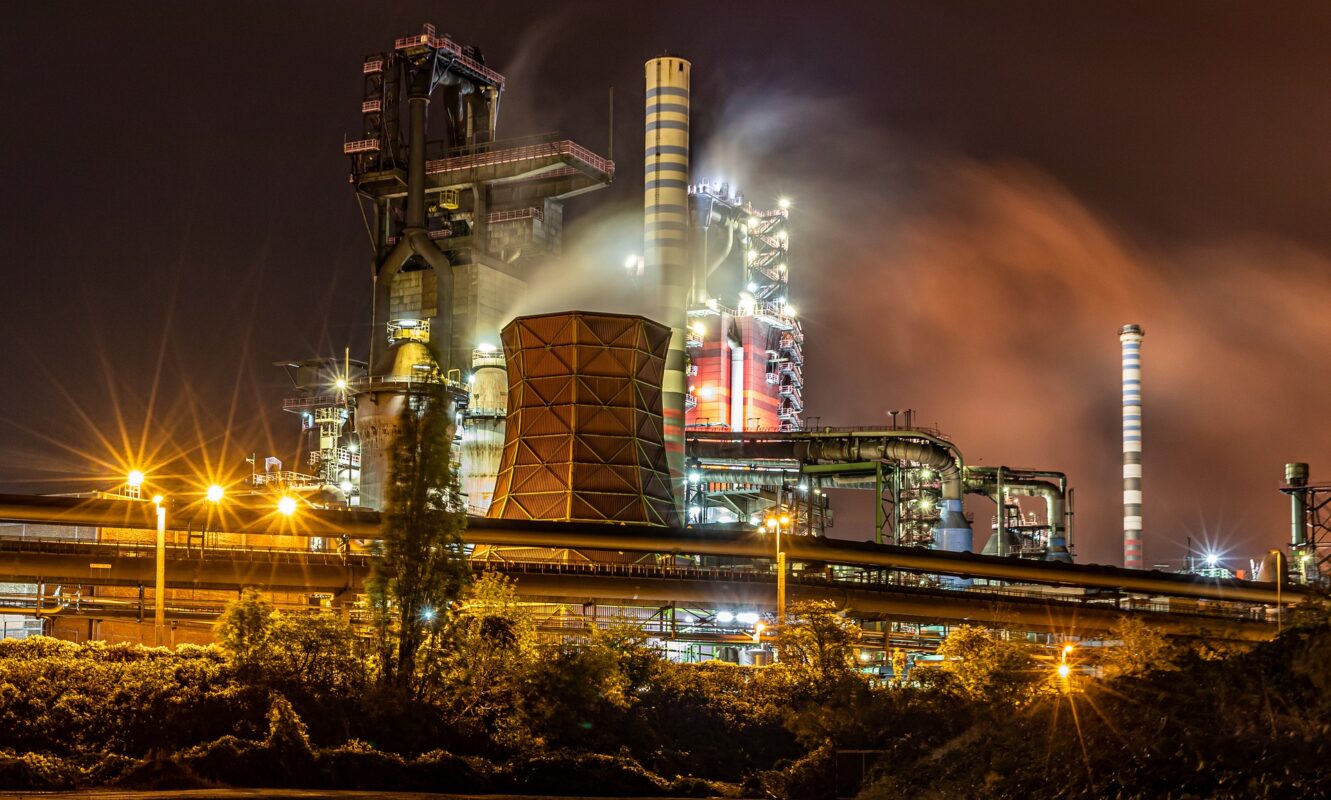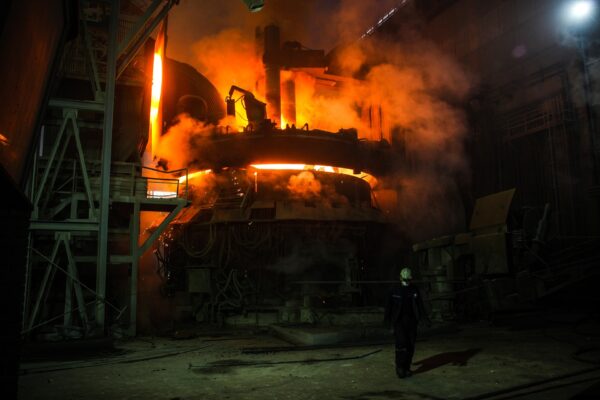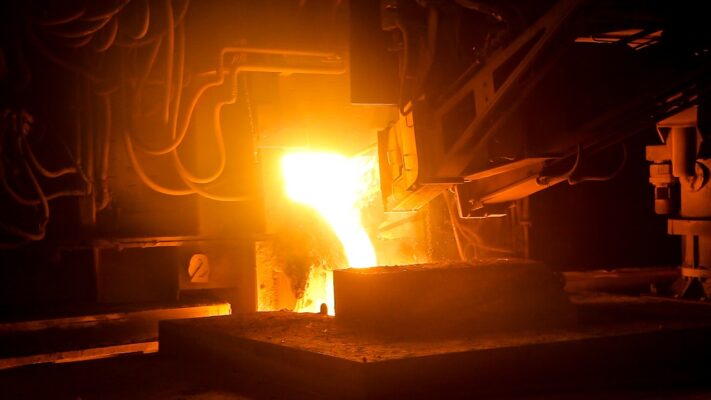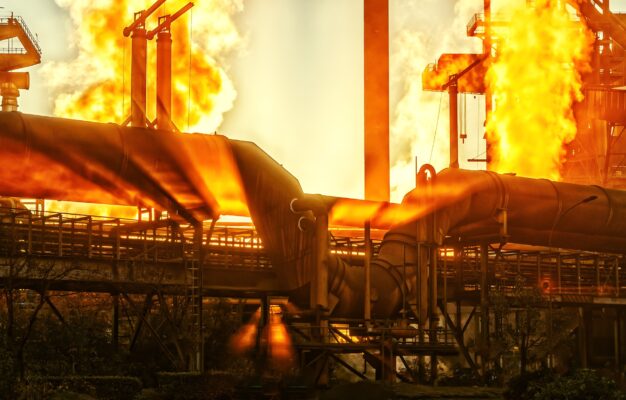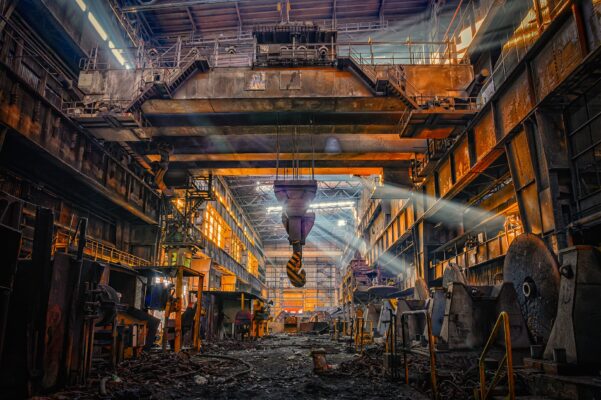The path from red-hot iron to the stainless steel alloy that represents the outstanding properties of kitchen knife blades.
Stainless steel and its importance
Stainless steel and stainless steel are not the same and stainless steel is not necessarily a stainless steel.
Sounds complicated, we’ll get into the topic a bit.
Stainless steel, also referred to as rust-resistant steel in technical jargon, or with the abbreviation NiRoSta, is a special group of steels.
These must be particularly corrosion and acid resistant. This means that the surface of the steel does not change when it comes into contact with air, oxygen, gases or acidic media. The term stainless steel is misleading. Because all steel is rust-free until it rusts.
Stainless steel
these are all steels with a special degree of purity. The proportion of sulfur and phosphorus must not exceed 0.025 percent. But that is not to be equated with “stainless”.
If one speaks of stainless steel, a corrosion-resistant steel is generally meant. The addition of chromium to the alloy causes a chromium oxide layer to form on the surface of the steel. If the chromium content is large enough, it protects against rust. This is then a natural passivation. The steel no longer reacts with oxygen.
Rust and other corrosion
At the same time, stainless steel has two enemies. Surprisingly, one is iron. If stainless steel comes into contact with iron particles, this can initially result in rust film, but in the long run also in stubborn, deep corrosion. Small brown indentations, so-called pitting.
The Other Enemy is now even known from advertising. “Stainless steel not in the dishwasher”. The long list of substances that attack stainless steel is mainly acids and alkalis. Then substances containing chlorine, such as table salt and chlorine cleaning agents. Bleach also contains chlorine. Silver polish, lemon juice and dishwasher tabs leave an unsightly change on the steel.
History
The addition of chromium to a steel alloy to make it more resistant to corrosion begins in the nineteenth century. The first chrome steels were available as early as 1812.
Further success was achieved by adding nickel.
The properties of stainless steel improved significantly in 1872 . The Englishmen Clark and Wood succeeded in significantly improving the alloy by adding a very high chromium content of over 30 percent and 2 percent tungsten.
Leon Guillot worked intensively on the proportion of carbon in steel and thus took another big step towards today’s stainless steel.
Especially in the chemical industry, the demand for acid and alkali resistant materials increased. The addition of chromium was not sufficient and the required formability of the steel was not given.
The physicist Benno Strauss developed a steel at Krupp in Essen that “requires a high level of resistance to corrosion”. patent in October 1912.
Today
Stainless steel continues to be developed to this day. A suitable product must be found for each specific application and for special requirements. The variety of steels is reflected in their manufacturer names.
Like duplex stainless steel, a ferritic steel. V2A is known, it got its name as an abbreviation of “Experimental melt 2 austenite” V2A was the first stainless steel to be commercially produced in large quantities. Its further development came onto the market as “Nirosta”, stainless steel, from Thyssen Krupp.
Stainless steel is being further developed worldwide. The properties to meet the hygiene requirements in medicine, household and kitchen has increased the consumption of stainless steel immensely. The chemical industry needs pipes and vessels for its plants that can withstand even hot chemicals. Wherever vehicles, machine parts and equipment are constantly exposed to moisture, stainless steel is indispensable.
Knife
The use of kitchen knives requires several specific properties of the stainless steel blade steel.
Corrosion-free, although vinegar and lemon as acids, baking soda and other ingredients as alkalis attack the blade. At the same time a high degree of hardness, which allows a smooth cut without effort. Flexibility and elasticity are the basic requirements for a professional filleting knife.
In the TYPEMYKNIFE shop, you will only find professional chef’s knives made of high-quality stainless steel that meet the demands placed on the knife as a kitchen tool.
https://typemyknife.com/messer-stahl-ist-hardened-bares-eisen/

